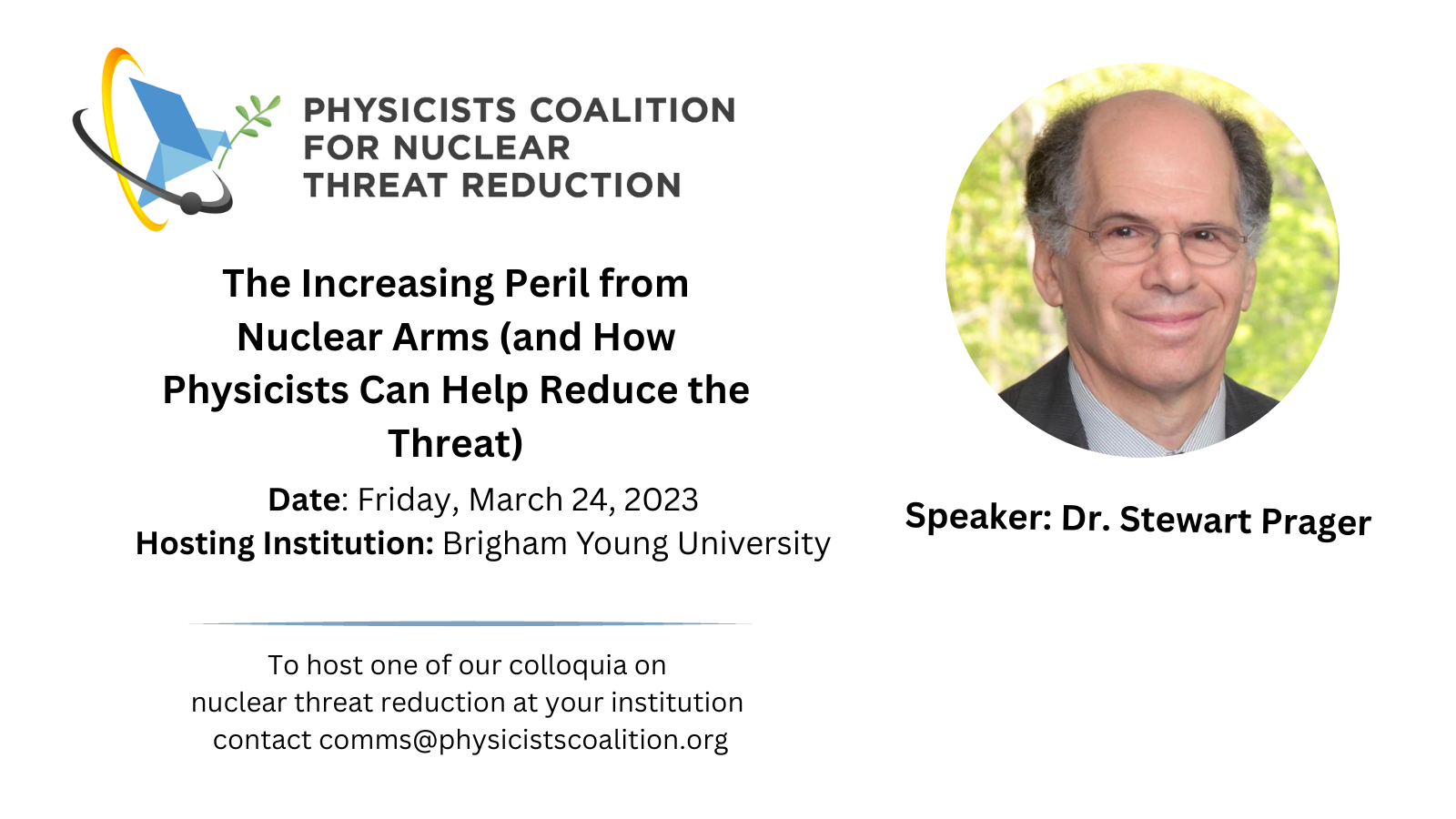
Ohio University – A Case Study in Nuclear Proliferation: The Iran Nuclear Deal and the Responsibility of Physicists
25 South Green Drive, Athens, Ohio 45701 Water Hall 145Colloquium Abstract The first nuclear weapon was tested in Alamogordo, NM, in July 1945. In the following month, Hiroshima and Nagasaki were destroyed through the explosion of two nuclear warheads. These horrifying strikes directly led to the surrender of Japan almost 4 years after its attack on Pearl Harbor. An industrial scale effort with more than […]











